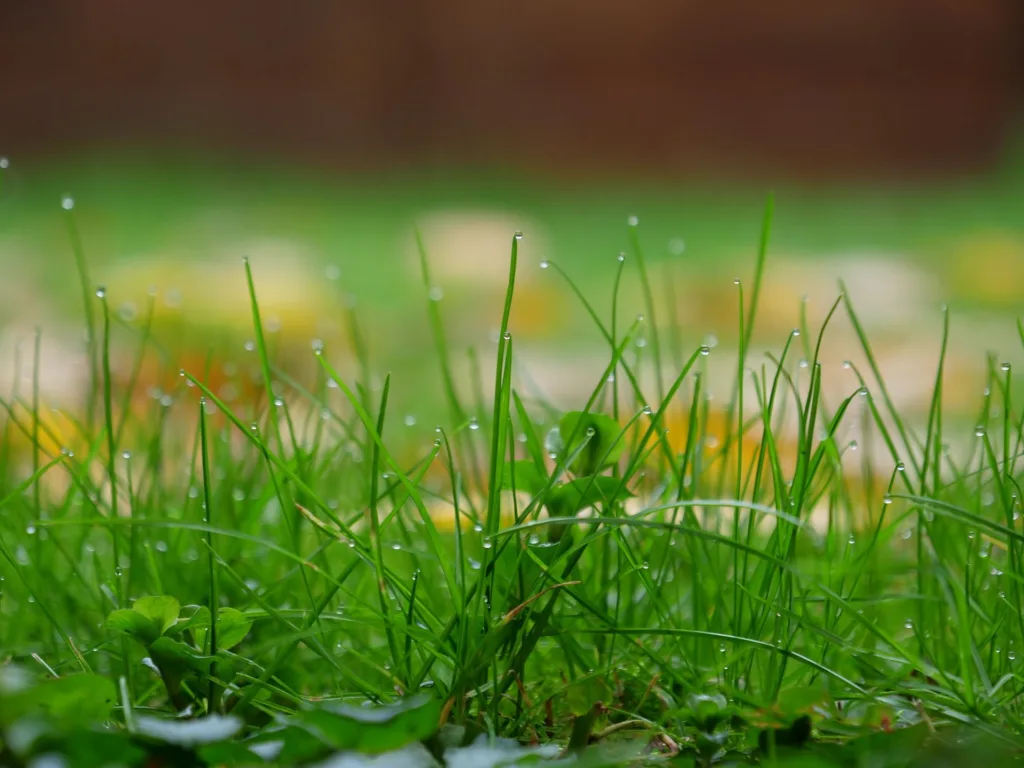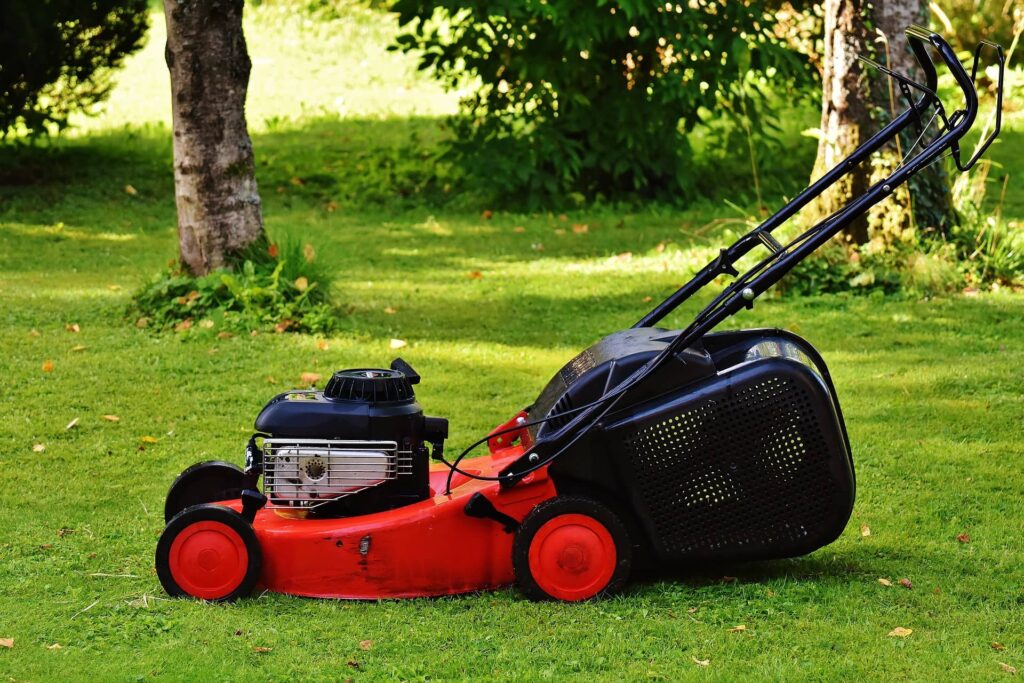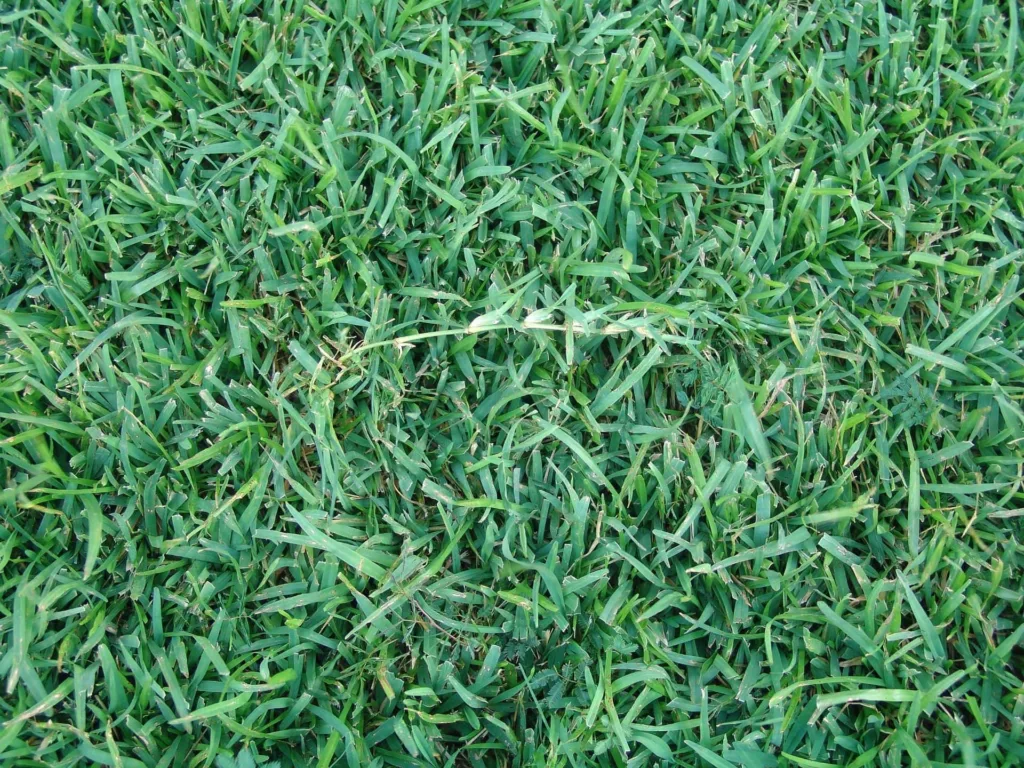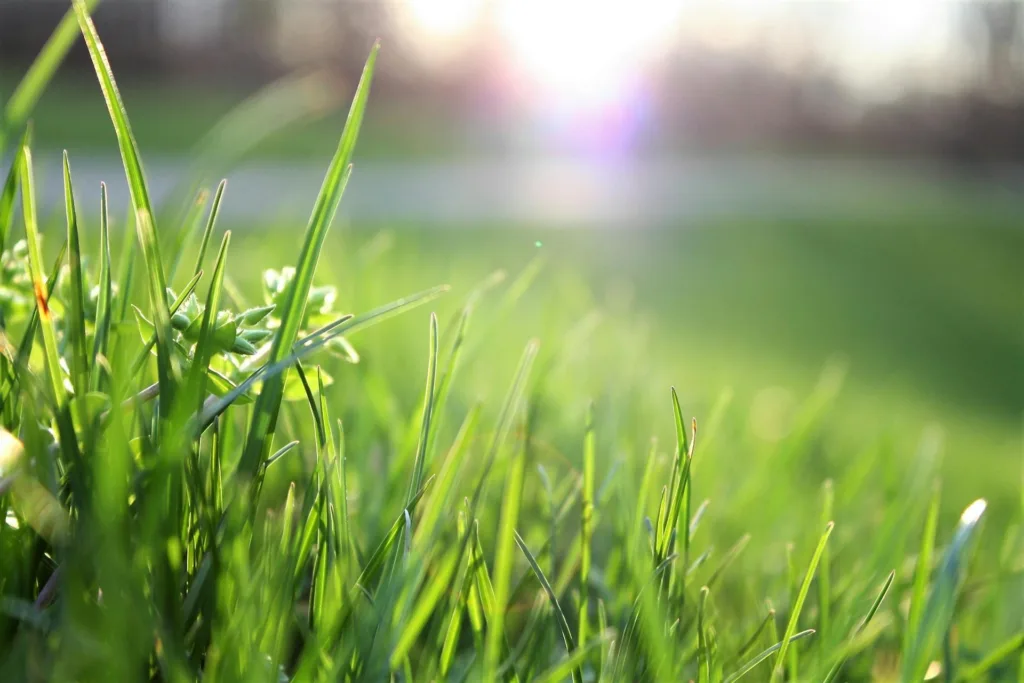Are you dreaming of a verdant, resilient lawn that stays green even when the mercury drops? Look no further than cool-season grasses. These hardy turf varieties thrive in cooler climates and offer a feast for the eyes throughout most of the year. In this comprehensive guide, we’ll dive deep into the world of cool-season grasses, exploring everything from selection to maintenance. Whether you’re a seasoned gardener or a lawn care newbie, you’ll find valuable insights to help you cultivate the lawn of your dreams.
| Topic | Key Takeaways |
|---|---|
| Definition | • Cool-season grasses thrive in cooler climates • Optimal growth at 60-75°F (15-24°C) • Experience growth spurts in spring and fall |
| Popular Varieties | • Kentucky Bluegrass: Lush, self-healing • Fescues: Shade-tolerant, drought-resistant • Perennial Ryegrass: Quick establishment • Bentgrass: Ultra-fine texture |
| Selection Factors | • Local climate and soil type • Sun exposure and shade levels • Expected foot traffic • Maintenance commitment |
| Planting Tips | • Best time: Late summer to early fall • Proper soil preparation is crucial • Consistent moisture for germination • Wait for 3-inch height before first mowing |
| Maintenance | • Regular mowing (height: 2.5-3.5 inches) • Seasonal fertilization • Deep, infrequent watering • Annual aeration and overseeding |
| Common Issues | • Drought stress • Weed invasion • Fungal diseases • Insect pests • Thin or patchy areas |
| Environmental Benefits | • Carbon sequestration • Erosion control • Temperature moderation in urban areas |
Understanding Cool-Season Grass Basics
Cool-season grasses aren’t just a type of plant; they’re a ticket to year-round greenery in temperate regions. These grass varieties have evolved to flourish in areas with cold winters and mild summers, making them ideal for northern lawns and high-altitude landscapes.
What sets cool-season grasses apart?
Cool-season grasses stand out from their warm-season counterparts in several key ways:
- Growth patterns: They experience two growth spurts – one in spring and another in fall.
- Temperature preference: They thrive when temperatures hover between 60-75°F (15-24°C).
- Winter hardiness: Most varieties stay green (though dormant) during winter.
- Water needs: They generally require less water than warm-season grasses.
Understanding these characteristics is crucial for anyone looking to establish or maintain a cool-season lawn. It’s not just about picking a grass type; it’s about choosing a lawn that fits your lifestyle and local climate.
Top Cool-Season Grass Varieties

Let’s explore some of the most popular cool-season grass types that might be perfect for your lawn:
Kentucky Bluegrass: The Crown Jewel
Often called the “king of lawn grasses,” Kentucky bluegrass is renowned for its lush, deep green color and fine texture. It’s a top choice for homeowners who want a picture-perfect lawn.
Pros:
- Excellent cold tolerance
- Self-healing properties due to rhizomatous growth
- Soft texture, perfect for bare feet
Cons:
- High maintenance requirements
- Less shade tolerant than some other varieties
Fescues: Fine, Tall, and Everything in Between
Fescues come in various types, each with unique characteristics:
- Fine Fescue: Ideal for shaded areas and low-maintenance lawns.
- Tall Fescue: Known for its drought resistance and ability to withstand heavy foot traffic.
Case Study: A homeowner in Connecticut replaced their high-maintenance Kentucky bluegrass with a fine fescue blend. The result? A 30% reduction in water usage and significantly less mowing time.
Perennial Ryegrass: Quick and Hardy
If you need fast results, perennial ryegrass might be your go-to. It germinates quickly and establishes itself rapidly.
Bentgrass: The Golfer’s Choice
While primarily used on golf courses, some homeowners opt for bentgrass for its ultra-fine texture and ability to be mowed extremely short.
Table: Cool-Season Grass Comparison
| Grass Type | Shade Tolerance | Drought Resistance | Wear Tolerance | Maintenance Level |
|---|---|---|---|---|
| Kentucky Bluegrass | Low | Moderate | High | High |
| Fine Fescue | High | Moderate | Low | Low |
| Tall Fescue | Moderate | High | High | Moderate |
| Perennial Ryegrass | Low | Low | High | Moderate |
| Bentgrass | Moderate | Low | Moderate | Very High |
Selecting the Right Cool-Season Grass for Your Lawn
Choosing the perfect cool-season grass isn’t just about picking the prettiest variety. It’s about finding the grass that will thrive in your specific conditions. Here’s how to make an informed decision:
- Assess your local climate: Cool-season grasses generally prefer areas where temperatures drop below freezing in winter and rarely exceed 90°F (32°C) in summer.
- Consider your soil type: Some grasses, like tall fescue, are more adaptable to various soil types, while others may require specific conditions.
- Evaluate sun exposure: If your lawn has shady spots, fine fescues might be a better choice than sun-loving Kentucky bluegrass.
- Think about foot traffic: High-traffic areas need resilient grasses like perennial ryegrass or tall fescue.
- Maintenance commitment: Be honest about how much time and resources you can dedicate to lawn care.
Remember, there’s no one-size-fits-all solution. Many homeowners find success with a blend of cool-season grasses that can adapt to various micro-climates within their yard.
Planting and Establishing Cool-Season Grasses
Once you’ve selected your ideal cool-season grass, it’s time to get planting. The key to success lies in timing and proper technique.
Best Times to Plant
Cool-season grasses are typically planted in late summer to early fall. This timing allows the grass to establish strong roots before winter dormancy and gives it a head start for vigorous spring growth.
Step-by-Step Planting Guide:
- Soil preparation:
- Test your soil pH (aim for 6.0-7.0)
- Remove debris and loosen the top 2-3 inches of soil
- Add organic matter if needed
- Seeding:
- Use a spreader for even distribution
- Aim for about 16 seeds per square inch
- Lightly rake to cover seeds with 1/8 to 1/4 inch of soil
- Watering:
- Keep the soil consistently moist (but not waterlogged) until germination
- Water lightly and frequently (2-3 times daily) for the first few weeks
- Initial mowing:
- Wait until the grass reaches about 3 inches in height
- Never remove more than 1/3 of the grass blade in a single mowing
Pro Tip: Consider using a starter fertilizer to give your new grass a nutrient boost. Always follow package instructions to avoid over-fertilization.
Maintenance Tips for Thriving Cool-Season Lawns

Maintaining a lush cool-season lawn requires year-round attention, but the results are well worth the effort. Here’s a seasonal breakdown of key maintenance tasks:
Spring:
- Mowing: Start when grass begins active growth. Keep grass at 2.5-3.5 inches high.
- Fertilizing: Apply a balanced, slow-release fertilizer.
- Weed control: Use pre-emergent herbicides to prevent summer annual weeds.
Summer:
- Watering: Water deeply (about 1 inch per week) but infrequently to encourage deep root growth.
- Mowing: Raise cutting height slightly to reduce stress on the grass.
- Pest control: Watch for signs of insect damage and treat as needed.
Fall:
- Overseeding: Fill in bare or thin spots.
- Fertilizing: Apply a winterizer fertilizer high in potassium.
- Aeration: Perform core aeration to reduce soil compaction.
Winter:
- Minimize traffic: Avoid walking on frozen grass to prevent damage.
- Clean up: Remove fallen leaves and debris to prevent smothering.
Remember, a healthy lawn is the best defense against weeds, pests, and diseases. Regular maintenance not only keeps your lawn looking great but also saves time and money in the long run.
Troubleshooting Common Cool-Season Grass Problems
Even with the best care, cool-season lawns can face challenges. Here are some common issues and how to address them:
- Drought stress: Look for wilting or discoloration. Increase watering depth and frequency during dry spells.
- Weeds: Identify the weed type and use appropriate control methods. Remember, a dense, healthy lawn naturally suppresses weeds.
- Fungal diseases: Brown patch and dollar spot are common in cool-season grasses. Improve air circulation and avoid overwatering to prevent these issues.
- Insect pests: Grubs and chinch bugs can wreak havoc. Monitor regularly and use targeted treatments when necessary.
- Thin or patchy areas: Overseed in fall or early spring. Consider adjusting your maintenance routine to address underlying causes.
Environmental Benefits of Cool-Season Grasses
Cool-season grasses aren’t just about aesthetics; they play a crucial role in environmental health:
- Carbon sequestration: Grass lawns, including cool-season varieties, act as carbon sinks, helping to mitigate climate change.
- Erosion control: Dense root systems help prevent soil erosion, particularly on slopes.
- Temperature moderation: Lawns can reduce surface temperatures by up to 30°F compared to bare soil or asphalt.
By maintaining a healthy cool-season lawn, you’re not just creating a beautiful outdoor space; you’re contributing to a healthier environment.
Conclusion
Cool-season grasses offer a fantastic option for homeowners in temperate climates who dream of a lush, green lawn. From the velvety texture of Kentucky bluegrass to the resilience of tall fescue, there’s a cool-season grass variety to suit every need and preference.
Remember, the key to success with cool-season grasses lies in:
- Choosing the right variety for your specific conditions
- Planting at the optimal time (usually fall)
- Maintaining consistent care throughout the year
- Addressing problems promptly
With the right knowledge and care, you can transform your outdoor space into a cool-season oasis that stays green and vibrant season after season. So roll up your sleeves, grab your gardening gloves, and get ready to cultivate the lawn of your dreams!


